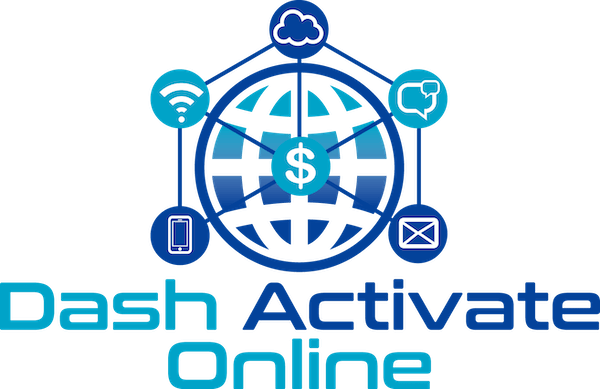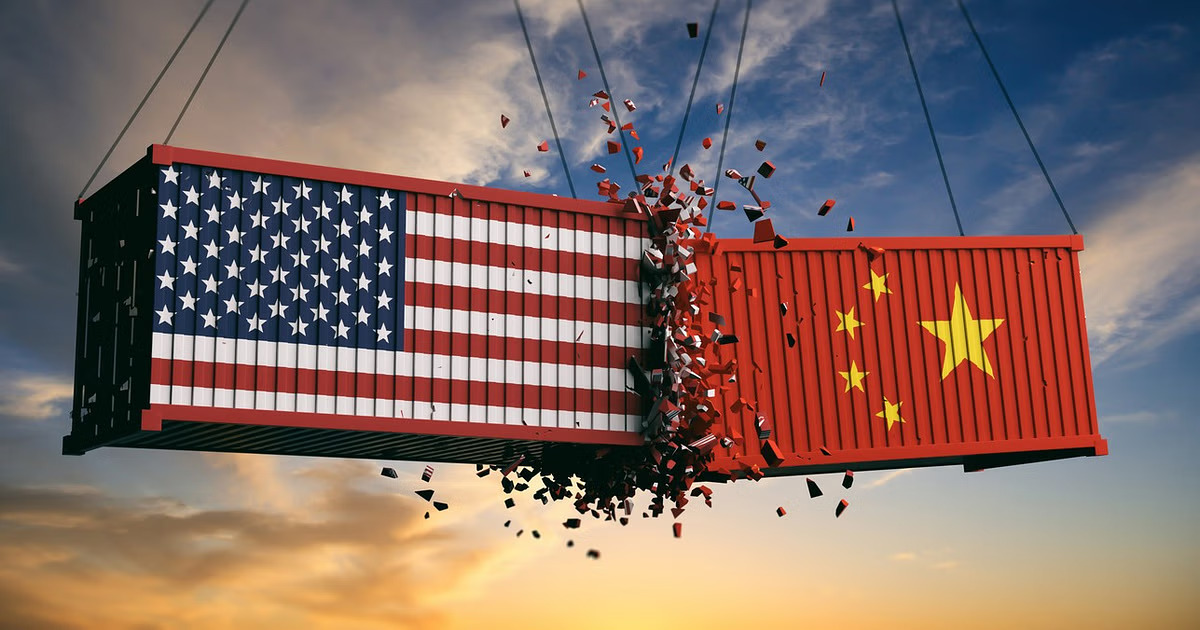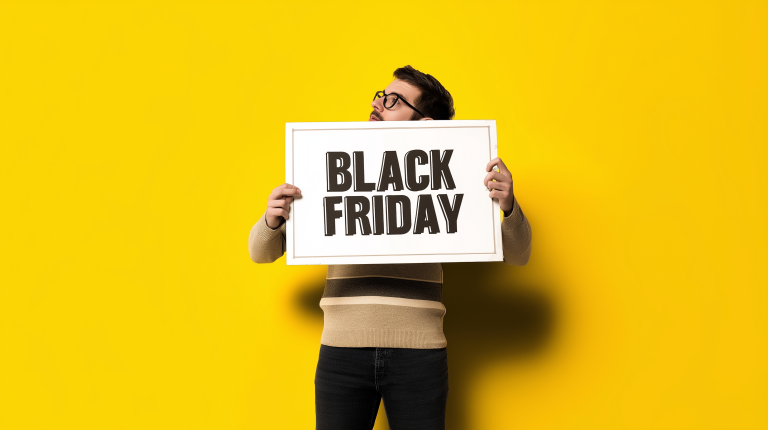When headlines scream about tariffs, it’s easy to panic. After all, when a new duty hits your bottom line overnight, it feels like a catastrophe. But in today’s economic environment, there’s a more insidious threat quietly draining your margins—and you have a lot more control over it.
Let’s break this down with some numbers.
The Math Behind Margin Pressure
Imagine you’re selling a product for $100. Here’s a simple breakdown:
- COGS (Cost of Goods Sold): $25
- Shipping: $10
- CPA (Cost Per Acquisition): $40
- Tariff (Conservative Estimate): $5
That leaves you with a net profit of:
$100 – ($25 + $10 + $5 + $40) = $20
Now, say you lower your CPA by just $10. New CPA: $30.
$100 – ($25 + $10 + $5 + $30) = $30
That’s a 50% profit increase—without touching your pricing, product, or logistics. Just by improving customer acquisition efficiency.
But what happens if tariffs spike?
Let’s assume tariffs jump to $15 per unit.
$100 – ($25 + $10 + $15 + $40) = $10
You just lost 50% of your margin.
Now cut that CPA again, back to $30:
$100 – ($25 + $10 + $15 + $30) = $20
You’ve doubled profit versus the previous tariff hike—and brought your margin back to its original level.
Drop CPA to $25?
$100 – ($25 + $10 + $15 + $25) = $25
Now you’re ahead of where you started, even with a 3x tariff increase.
Tariffs in Historical Context
To understand how today’s challenges compare to the past, let’s zoom out.
Tariffs have always been a tool of economic policy. In the 19th century, the U.S. relied heavily on tariffs to generate federal revenue. In fact, before the income tax was introduced in 1913, tariffs funded the bulk of government operations.
Fast forward to the 1930s, and you hit a low point: the infamous Smoot-Hawley Tariff Act of 1930. Designed to protect American farmers during the Great Depression, it raised tariffs on over 20,000 imported goods. The result? Retaliatory tariffs from trade partners, a collapse in international trade, and an even deeper economic downturn.
Since then, the global trend has moved toward trade liberalization, especially after World War II. The formation of the General Agreement on Tariffs and Trade (GATT) and later the World Trade Organization (WTO) were key milestones in promoting freer trade across borders.
But protectionism never disappeared. The Trump-era tariffs (2018–2020) brought them roaring back into headlines. Industries importing Chinese goods saw sudden increases in duties—some as high as 25%. And now, in 2025, we’re facing renewed tariff uncertainty amid shifting geopolitical alliances and mounting domestic pressures.
2025 vs. Then: The Market Has Changed
Here’s the key difference between now and the last major tariff-heavy era: the global market is more interconnected, digital, and fast-moving than ever.
In the 1930s or even the 1980s, supply chains were simpler, customer acquisition was largely offline, and brands couldn’t easily reach international markets. Today, brands sell globally on Day 1. Supply chains span continents. And digital acquisition is a battleground where efficiency determines survival.
You’re not just competing on cost of goods anymore—you’re competing on CAC discipline, funnel optimization, and LTV strategy.
Tariffs are loud. They dominate headlines. But the real, long-term killer of margin might be silently draining your business: bloated ad spend.
Salience Bias: Why We Fixate on the Wrong Threats
What’s happening here is something called salience bias—a cognitive bias that causes us to focus on information that’s loud, visible, or emotionally triggering.
Tariffs? Salient. They’re a line item. A news story. A vendor email.
Your inefficient ad account? Not so much. But it’s bleeding you dry just the same.
When costs sneak in quietly—like a slow creep in CPMs or deteriorating ROAS—they’re easier to ignore. But that’s exactly why the best operators pay attention. Because what’s fixable is what matters most.
Efficiency Is the New Growth Hack
If you’re serious about protecting your margins this quarter, start with the part of your P&L you can actually fix: your CAC.
- Get ruthless with channel attribution.
- Re-evaluate your offer positioning.
- Kill underperforming creatives faster.
- Invest in landing page speed, clarity, and conversion.
In a world where tariffs might be out of your hands, efficiency is your moat.
The brands that win in 2025 won’t be the ones who shout the loudest about unfair duties. They’ll be the ones who quietly out-execute their competitors—by squeezing every bit of profit from every dollar spent on growth.
Bottom Line: Tariffs may be the fire alarm, but your CAC is the gas leak. Fix what you can control. That’s where the leverage lives.





